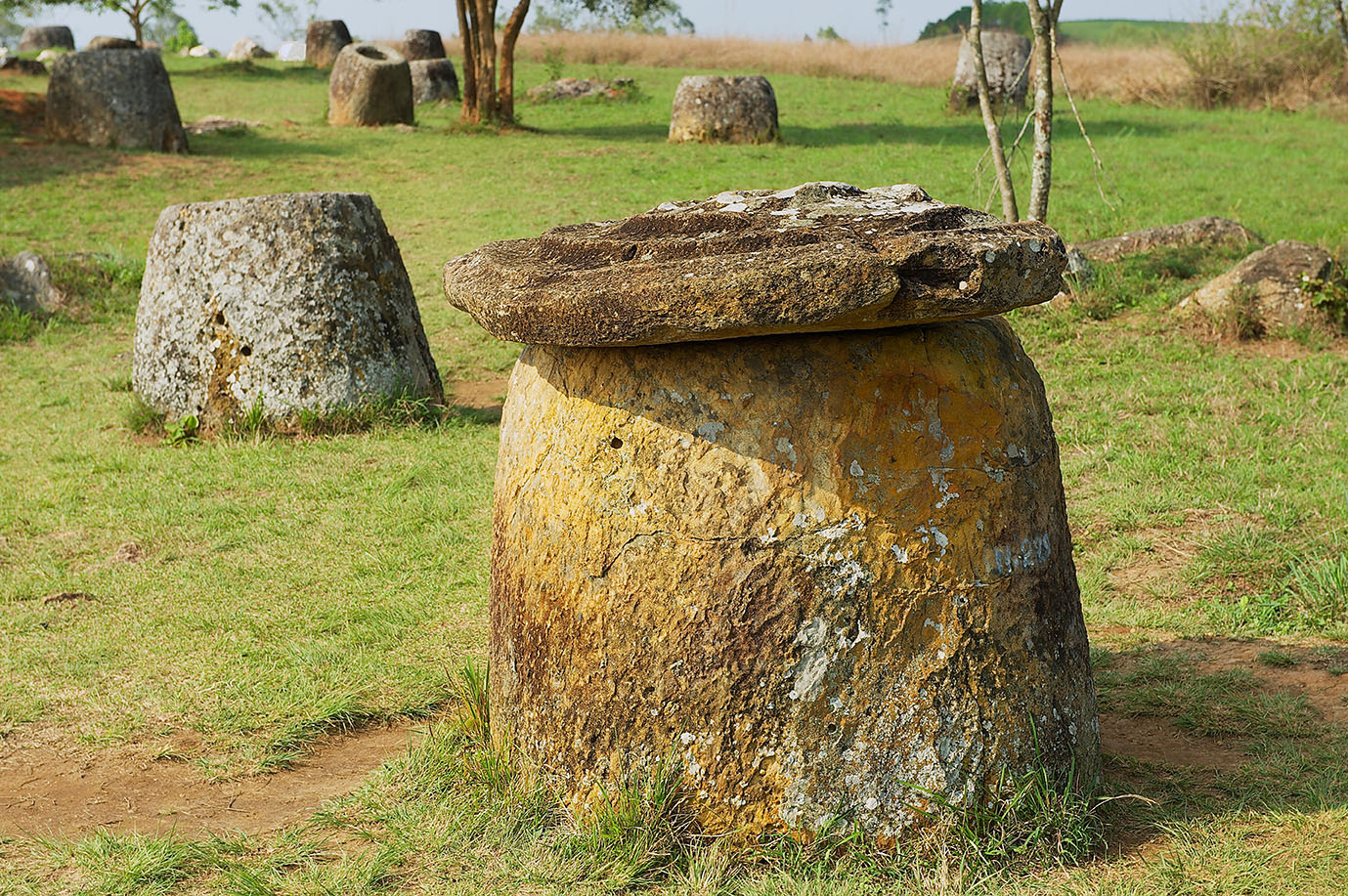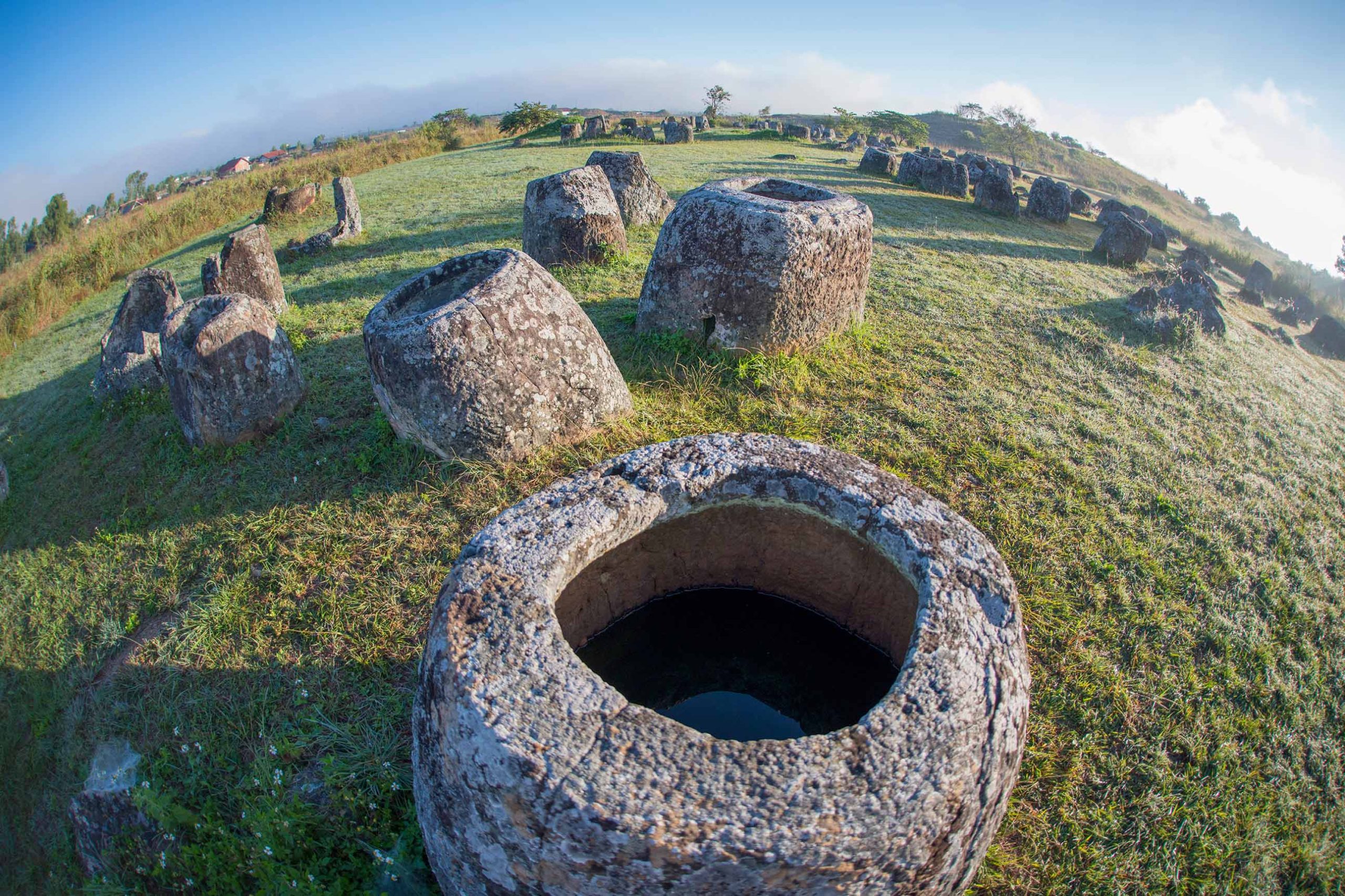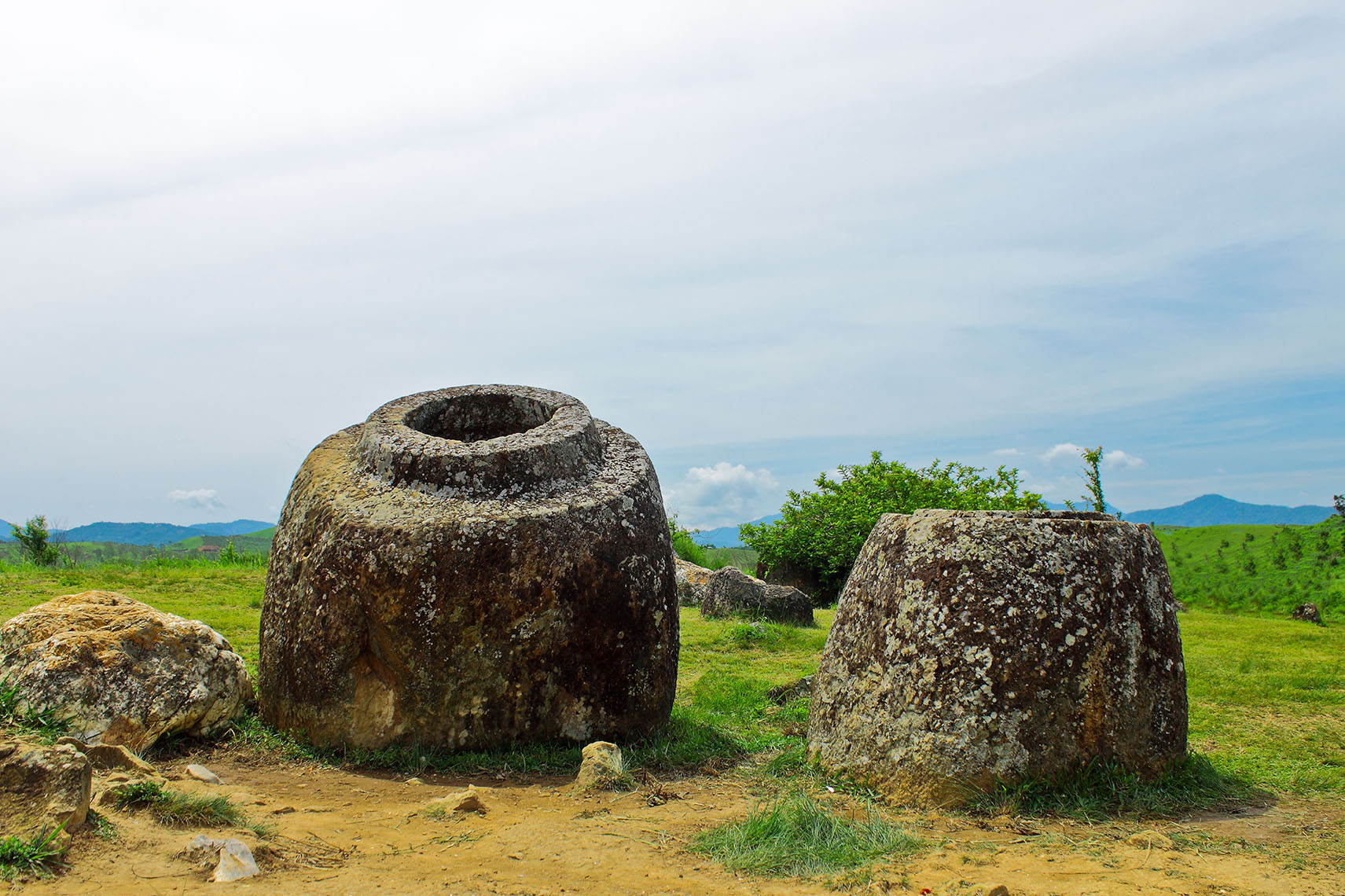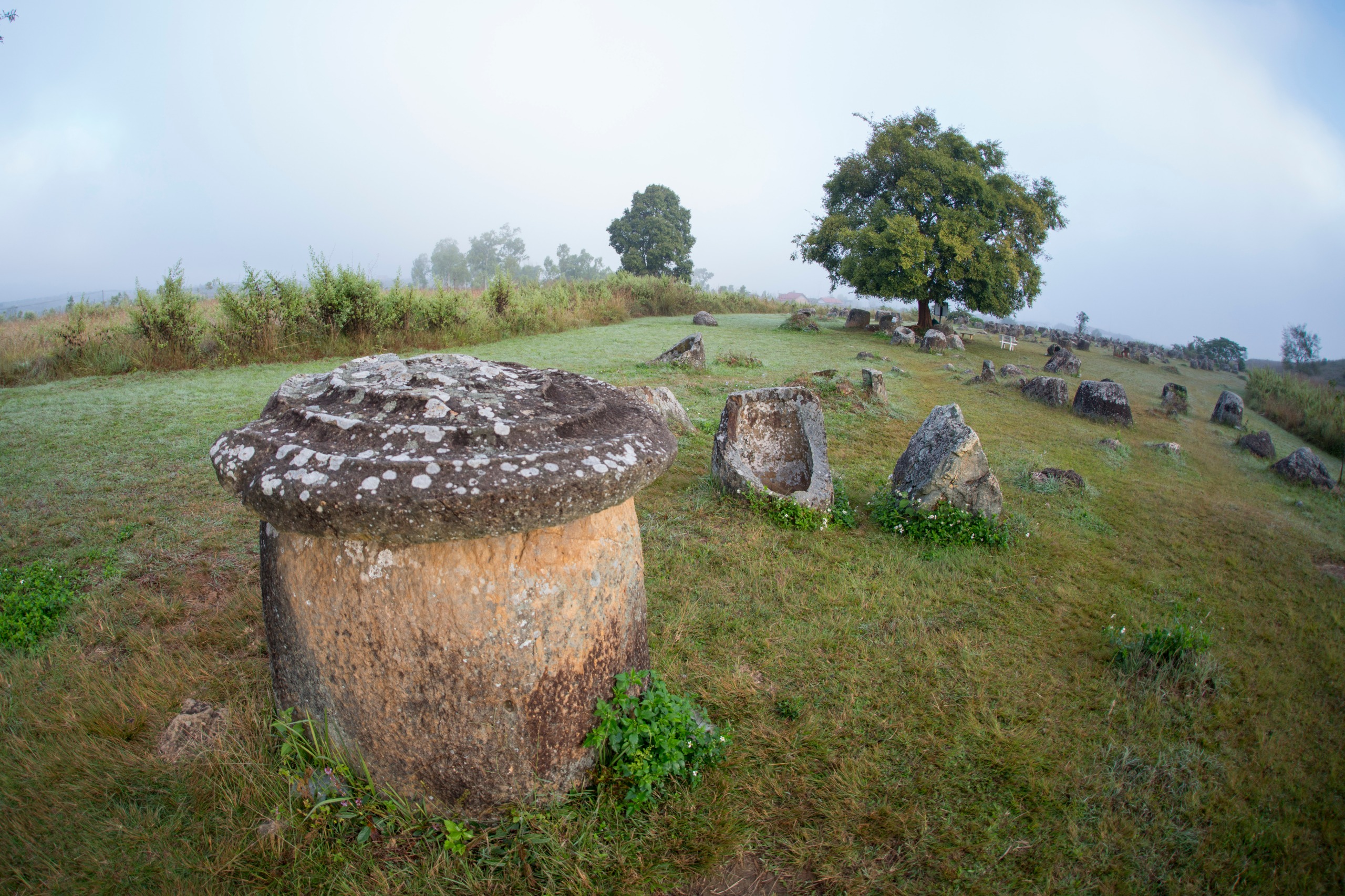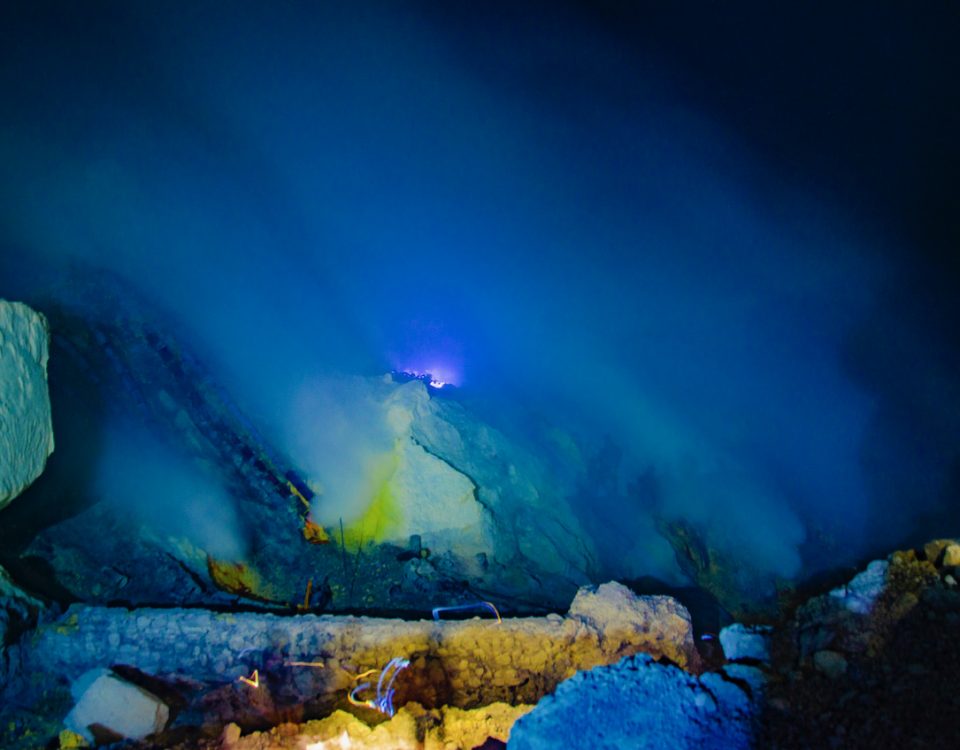PLAIN OF JARS - XIANGKHOANG PLATEAU, LAOS
History whispers through “VOICES FROM THE PAST”
Some stories fade with time others demand to be fascinated. Stories of Laos past civilisation will be revealed here.
The Plain of Jars in Laos
Laos is the only landlocked country in Southeast Asia and here we will find the Southeast Asia’s great archaeological mysteries - The “Plain of Jars”, a megalithic archaeological landscape in Laos consisting of thousand of stone jars scattered around the upland valleys in an area call Xiang Khouang. More than 90 jars have been identified in Xiang Khouang Province. Each site has between one and 400 stone jars. The scenery here is characterised by the highest mountain in the country, Mount Phon Bia and The Mekong river flows through the country. Buddhism is the main religion and Laos is filled with many temples and spiritual shrines.
Researchers (using optically stimulated luminescence) determined that the jars were put in place as early as 1240 to 660 BC. The jars vary in height and diameter between 1 m and 3 m and are all hewn from rock. Their shape is cylindrical, with the bottom always wider than the top.
Since most of the jars have lip rims, it is thought that the jars originally supported lids, although few stone lids have been recorded; this suggests that the bulk of lids were fashioned from perishable materials. Stone lids with animal carvings have been found at a few sitesThe bas-relief carvings are thought to depict monkeys, tigers and frogs. How they got here and and why were they made is still debatable.
How did the jars get there?
Carved out from sandstone or granite archaeologists have located quarries with unfinished jars nearby. They are carved-on-site then transported to the site likely using log rollers, sledges or seasonal flooding may have helped.
What were they used for?
Funerary use or storage vessels for fermentation or for water or wine.
French researcher Madeleine Colani concluded in 1930 that the jars were associated with burial practices.
Excavation by Lao and Japanese archaeologists in the intervening years has supported this interpretation with the discovery of human remains, burial goods and ceramics around the jars.

